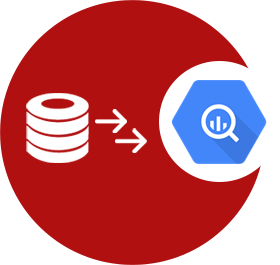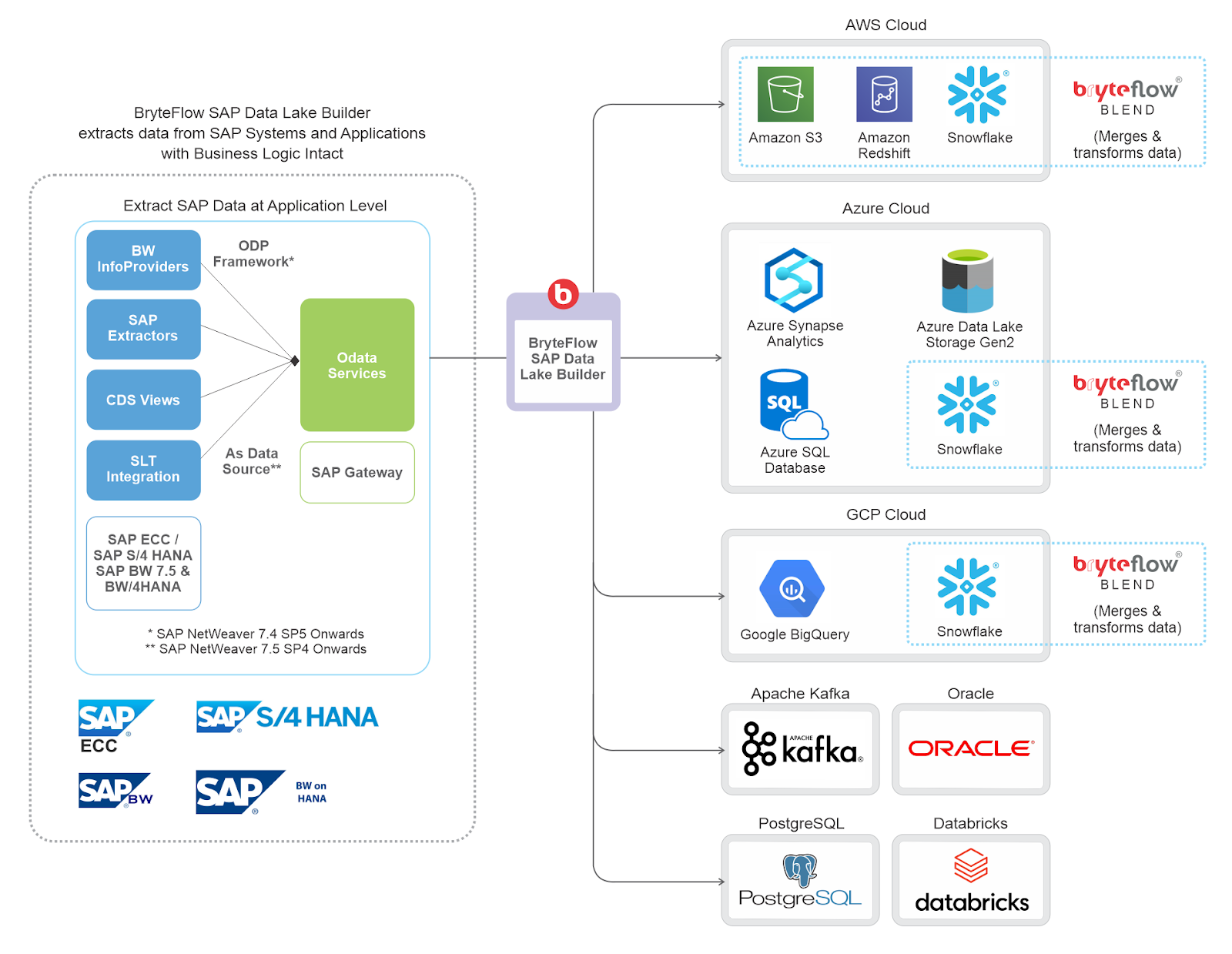Navigating the Depths: Understanding the Dynamics of S3 Data Lakes
Amazon Simple Storage Service (S3) data lakes have emerged as a game-changer, providing organizations with a scalable and cost-effective solution for handling massive volumes of data. S3, a highly durable and available object storage service from Amazon Web Services (AWS), forms the foundation for constructing robust data lakes.
The Anatomy of S3 Data Lakes:
A data lake is not just a repository; it's
a flexible and versatile ecosystem. S3 data lakes leverage the inherent
capabilities of S3, allowing organizations to store structured and unstructured
data seamlessly. This includes everything from raw text files to complex
datasets, creating a unified storage solution.
Scalability and Cost-Efficiency:
One of the key advantages of S3 data lakes
is their scalability. As data volumes grow, S3 seamlessly accommodates the
expansion without compromising performance. Moreover, the pay-as-you-go pricing
model ensures organizations only pay for the storage and processing power they
use, making it a cost-efficient solution.
Data Accessibility and Analysis:
S3 data lakes empower businesses with quick
and easy access to their data. AWS provides a variety of tools and services,
such as AWS Glue and Amazon Athena, that enable organizations to analyze and
derive meaningful insights from their data lakes. This accessibility
accelerates the decision-making process and enhances overall operational
efficiency.
Security and Compliance:
Security is paramount in the world of data,
and S3 data lakes are designed with this in mind. AWS offers robust security
features, including encryption, access controls, and audit capabilities,
ensuring that data remains confidential and meets regulatory compliance
standards.
Integration with Analytics Services:
S3 data lakes seamlessly integrate with a
myriad of AWS analytics services. This includes Amazon Redshift for data
warehousing, Amazon EMR for big data processing, and Amazon QuickSight for
business intelligence. The interoperability of these services creates a
holistic analytics environment.
Best Practices for Implementing S3 Data
Lakes:
While the benefits are substantial,
implementing S3 data lakes requires strategic planning. Organizations should
define data governance policies, establish data lake architecture, and
implement effective metadata management practices to derive maximum value from
their data lakes.




Comments
Post a Comment